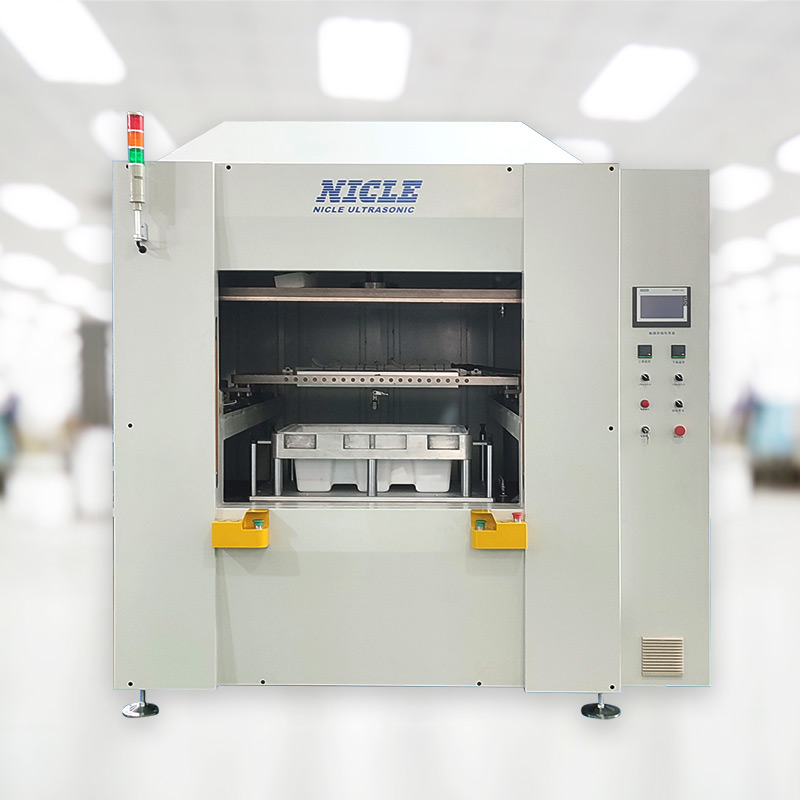Ultrasonic welding is a fast, efficient, and cost-effective method for joining plastic components, making it a staple in automotive manufacturing. But here's the thing: not all plastics are created equal when it comes to ultrasonic welding. While machine stability is critical, the material itself plays a huge role in the success (or failure) of the weld. Let's dive into two common contenders: ABS (acrylonitrile butadiene styrene) and PP (polypropylene).

ABS: The Ultrasonic Welding All-Star
Why is ABS so often the go-to choice for ultrasonic welding? It boils down to its well-balanced properties:
Versatile Properties: ABS boasts a winning combination of heat resistance, impact strength (even at low temperatures), ease of processing, dimensional stability, and overall toughness. This makes it a workhorse material across industries, from automotive interiors and electronic housings to appliances and beyond. ABS is an amorphous polymer, which generally makes it more suitable for ultrasonic welding compared to semi-crystalline polymers.
Welds Like a Dream: ABS's good thermal conductivity ensures efficient energy transfer during welding, resulting in strong, consistent bonds.
PP: The Potential Powerhouse (With a Few Caveats)
PP offers a lot to love – it's lightweight, cost-effective, and chemically resistant. However, ultrasonic welding PP can be a bit trickier:
Material Considerations: PP has a lower density and is lightweight, but it's also prone to aging. PP is a semi-crystalline material, which can be more difficult to weld ultrasonically than amorphous materials like ABS.
Welding Challenges: Achieving reliable welds with PP often requires a more refined approach.
Making PP Work: Tips for Success
So, you're set on using PP? Don't worry, strong ultrasonic welds are still achievable! Here's how:
Fine-Tune Your Parameters: When switching from ABS to PP, prepare to adjust your welding parameters.
Extend the Welding Time (Carefully): Increasing the welding time can improve weld strength, but be mindful of potential deformation or material degradation.
Deformation Risks: Be cautious of deformation; excessive welding time can lead to product deformation.
Joint Design is Key: Optimize the joint design to maximize contact area and ensure efficient energy transfer. Common joint designs for ABS plastic welding include Tongue and Groove Joint, Shear Joint, Step Energy Director Joint and Torsional Welding.
Essential Considerations for Both ABS and PP
Whether you're working with ABS or PP, keep these points in mind for optimal ultrasonic welding:
Material Compatibility: First and foremost, ensure the materials you're joining are compatible. ABS is fully compatible with ABS, ABS/PC, and PMMA.
Joint Design Matters: Choose a joint design that complements the material properties and welding process.
Precise Parameter Control: Carefully calibrate welding parameters such as amplitude, weld time, and hold time.
Troubleshooting is Your Friend: Be ready to troubleshoot common issues like insufficient weld strength, excessive flash, or incomplete melting.
By understanding the unique characteristics of ABS and PP and carefully optimizing your welding process, you can unlock the full potential of ultrasonic welding for a wide range of automotive applications. ABS ultrasonic plastic welding is a good choice.
If you are looking to plastic ultrasonic welding machines, please source from here.






